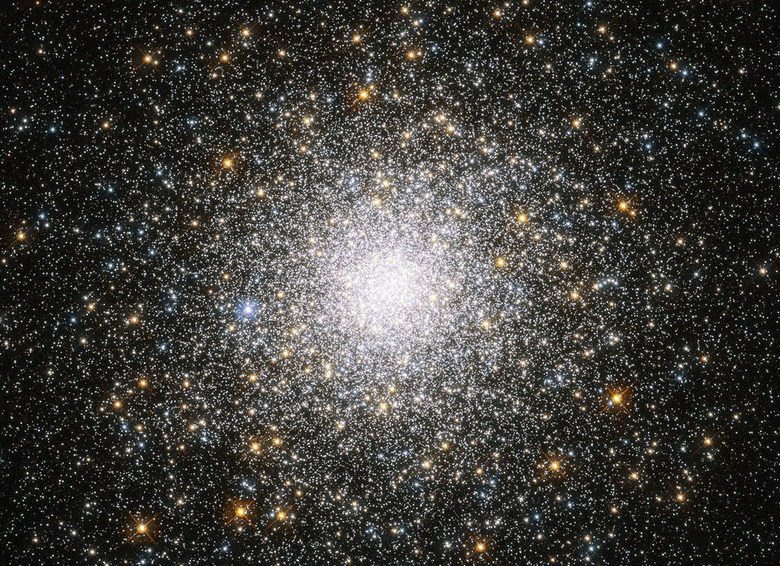Scientists Found Stardust In The Most Unlikely Of Places
Earth has managed to avoid any truly catastrophic impacts from objects in space for quite some time, but that doesn't mean material from the cosmos doesn't regularly rain down on our world. Scientists regularly observe rocks of varying sizes streaking through Earth's atmosphere.
Most of the time, the material that makes its way to the ground is similar to the material that makes up our planet and most others in our solar system, but a new study published in Physical Review Letters reveals that material from outside our system has been accumulating on our planet as well.
The researchers traveled to Antarctica and brought back over 1,000 lbs of fresh snow collected from the surface. Once it was melted, the team examined what kinds of particles were left over, attempting to paint a clearer picture of what kind of dust and debris is settling on even the most remote surfaces on the planet.
The team found something rather surprising: an abundance of iron in a particularly rare form not plentiful on Earth. It's called iron-60, and while it can be found within Earth's crust, the iron-60 that's buried on our planet was deposited millions of years ago, meaning that it shouldn't be appearing in freshly-fallen snow in Antarctica.
So, how did it get there? After accounting for potential Earthly sources of the iron-60 — including nuclear reactors and tests — the team narrowed down the possibilities. They now believe the material was transported to Earth via interstellar objects that entered our solar system and ultimately collided with Earth.
We often think of meteors as huge objects that produce a fireball in the sky, but objects in space come in all shapes and sizes, and even the tiniest bits of material can contribute to the buildup of such elements over time. The researchers believe that the material is likely leftovers from a supernova which blasted the rare iron into space, and that our solar system is passing through a cloud of that material as we speak.
